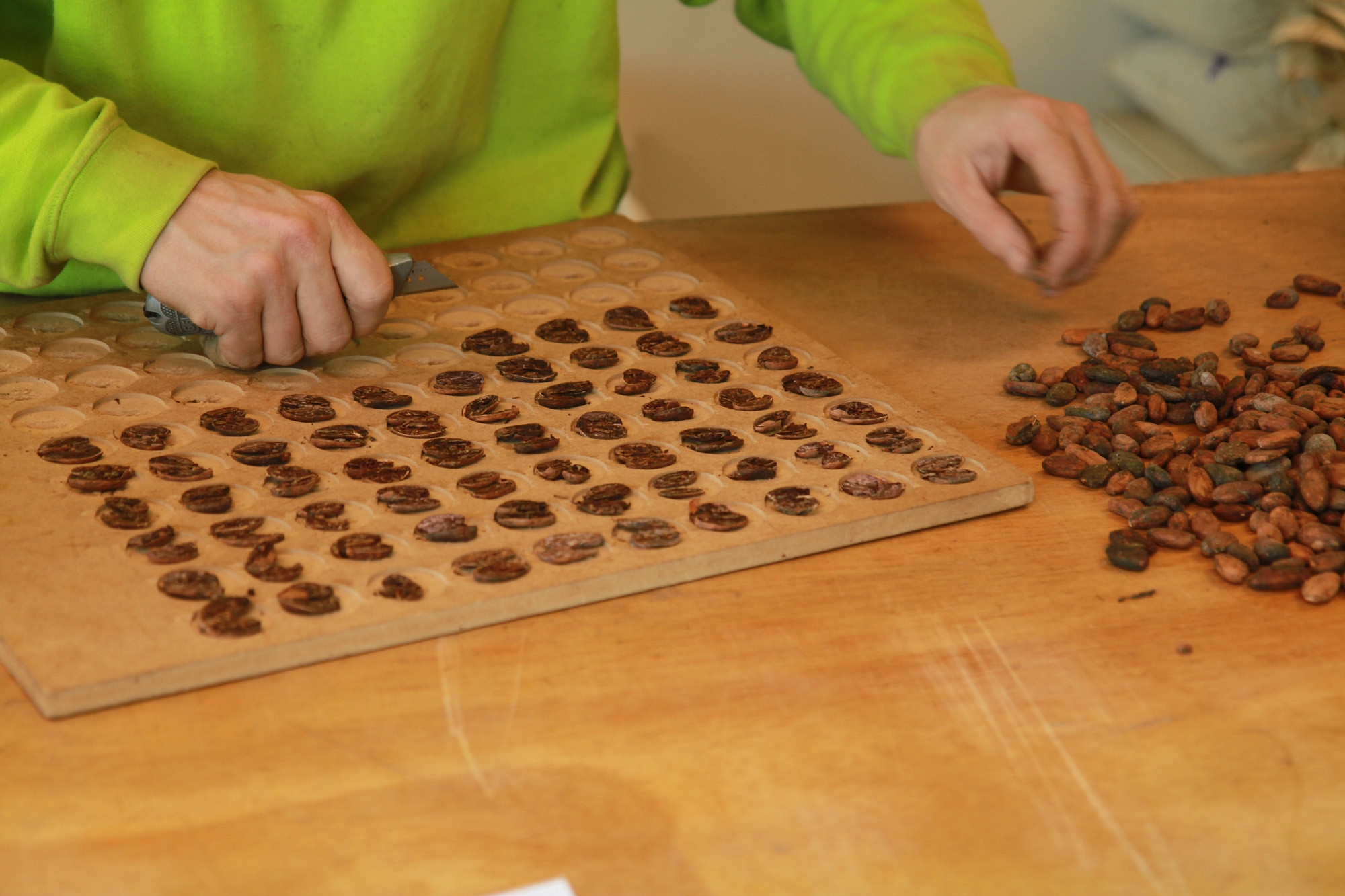
STDF supported this project to strengthen Colombia and Ecuador’s capacity to manage and reduce cadmium levels in cacao and comply with new international food safety standards. The project enhanced laboratory testing, mapping and predictive analysis to help producers maintain access to premium export markets.
In 2019, the European Union introduced maximum residue limits (MRLs) for cadmium in cocoa and chocolate products, with additional limits adopted by Codex Alimentarius and the state of California. These regulations, designed to protect consumers from cadmium exposure, posed new challenges for the cacao sectors of Colombia and Ecuador, where naturally higher soil cadmium levels led to elevated concentrations in cacao beans.
Surveys showed that around half of Ecuador’s beans exceeded the cadmium threshold for export, creating risks for trade and farmer livelihoods. Local institutions lacked harmonized testing methods, quality assurance systems, and evidence-based guidance for mitigation.
In response, Colombia’s Ministry of Agriculture and Rural Development (MADR) and Ecuador’s Ministry of Agriculture and Livestock (MAG) requested STDF support to strengthen institutional capacity and improve compliance with international standards. With an STDF contribution of US$516,989 and an in-kind contribution of US$101,010.
1. Harmonized cadmium testing and improved laboratory performance
The project helped 25 laboratories in Colombia and Ecuador improve how they test cadmium levels in cacao and soils, strengthening national and private lab capacities.
2. Mapping and prediction of cadmium hotspots
The project contributed to updating and/or developing comprehensive predictive maps of cadmium concentrations in cacao beans. These mapping tools are now used by national authorities and producer organizations to guide production and investment decisions.
3. Introduction of portable XRF technology for rapid cadmium analysis
The project tested a portable Monochromatic Energy Dispersive X-ray Fluorescence (MEDXRF) analyser as a fast, low-cost alternative for routine monitoring. This method enables field-based testing and supports blending of high- and low-cadmium beans to meet buyer requirements.
Both Colombia and Ecuador have since acquired XRF machines for continued research and quality monitoring.
4. Collaboration and knowledge sharing
The project shared reference samples, calibration data, and training modules with the STDF regional project PG/577 and other EU-funded Clima-LoCa projects. Joint activities ensured consistency in laboratory methods, data use and training across both initiatives, reinforcing regional alignment in cadmium management.
1. Use digital soil maps for decision-making
National authorities and producers should rely on the new digital soil maps to identify suitable cacao expansion areas and avoid zones with high cadmium levels.
2. Adopt portable XRF technology for routine monitoring
The XRF analyser provides a rapid and cost-effective way to monitor cadmium levels in cacao and soils. When used alongside laboratory methods and digital mapping, it can help producers and exporters verify compliance with international standards.
3. Apply robust sampling procedures
Composite samples taken from at least ten bags per pallet and sixty beans should be ground and analysed together to ensure representative results and reliable cadmium measurements for export batches.
4. Promote laboratory quality assurance and certification
Governments should promote regular proficiency testing, use of certified reference materials, and inter-laboratory comparisons. Establishing a centralized certification or accreditation system would improve analytical quality and build trust in results.
5. Ensure strategic institutional coordination
Future projects should work closely with relevant ministries and regulatory agencies from the start. Appointing focal points within these institutions can help embed project outcomes into national systems, support follow-up actions, and ensure long-term alignment with SPS and trade priorities.